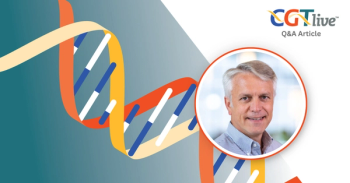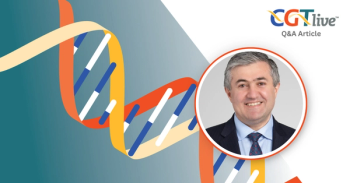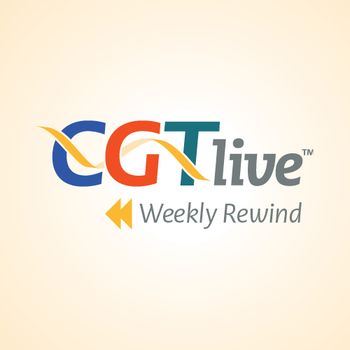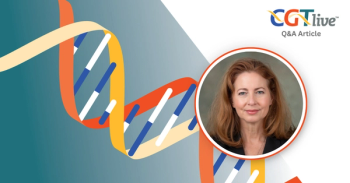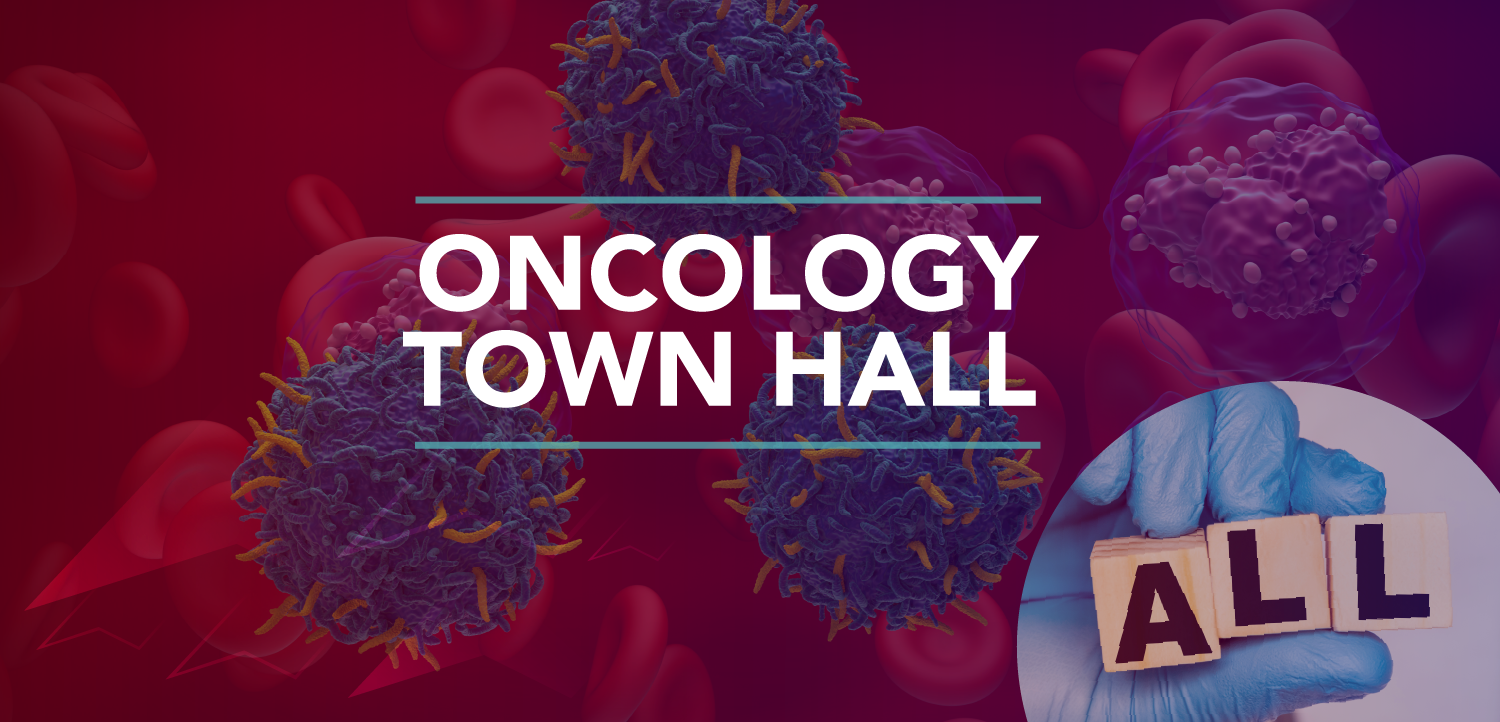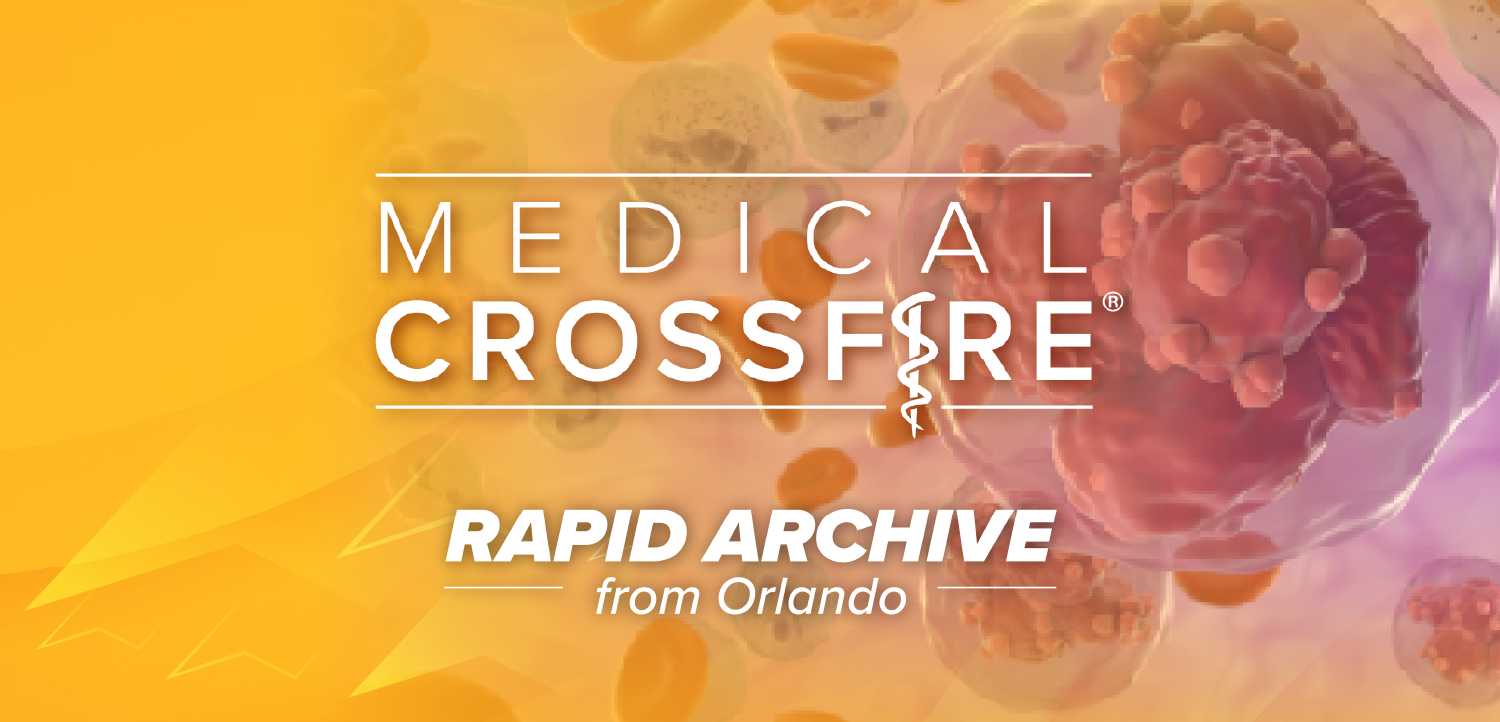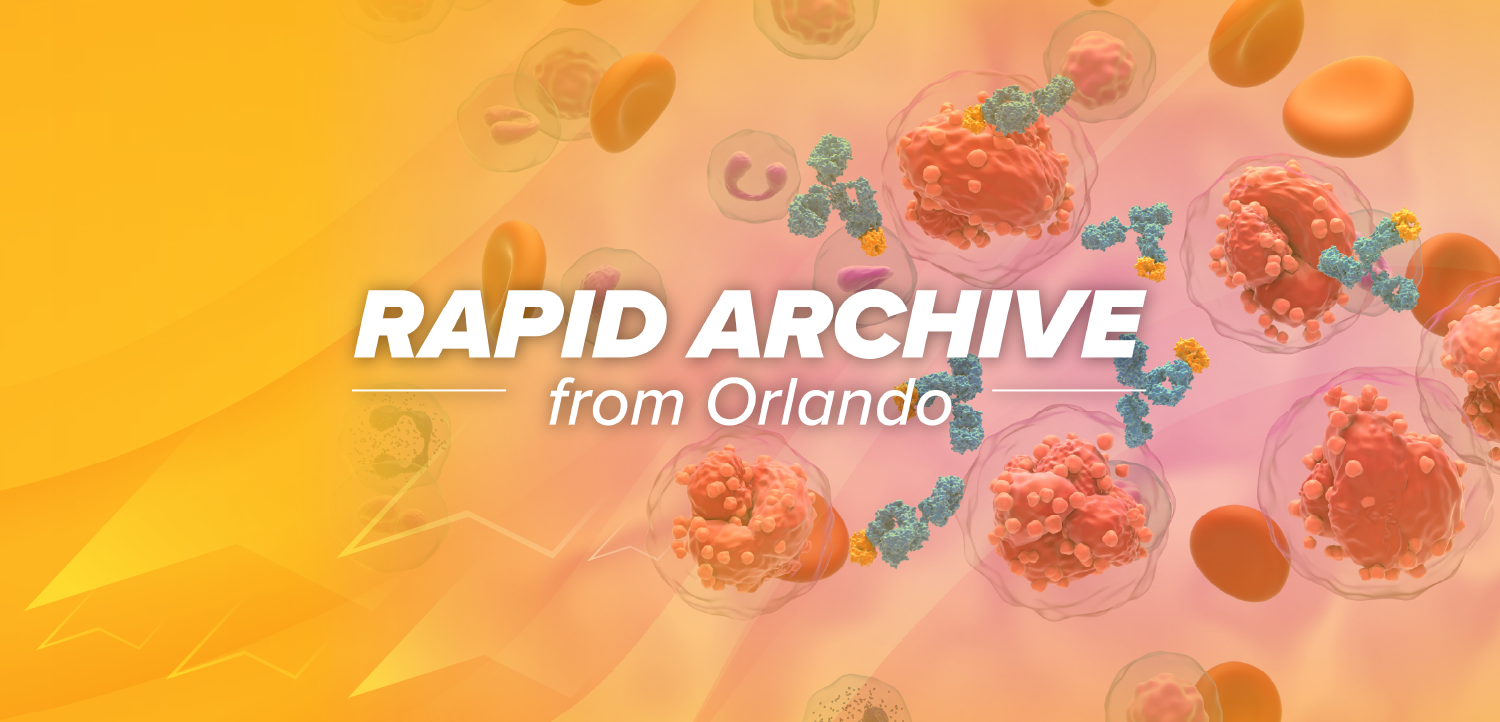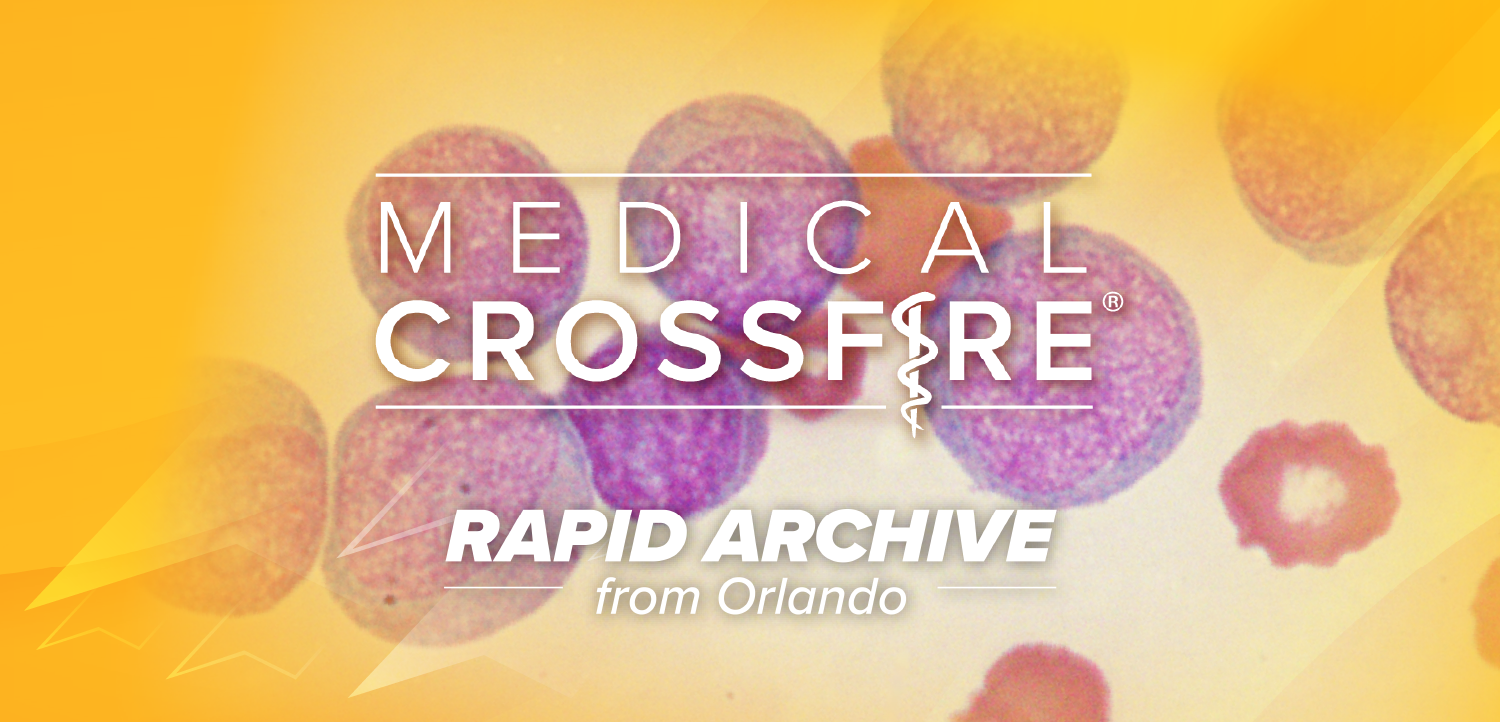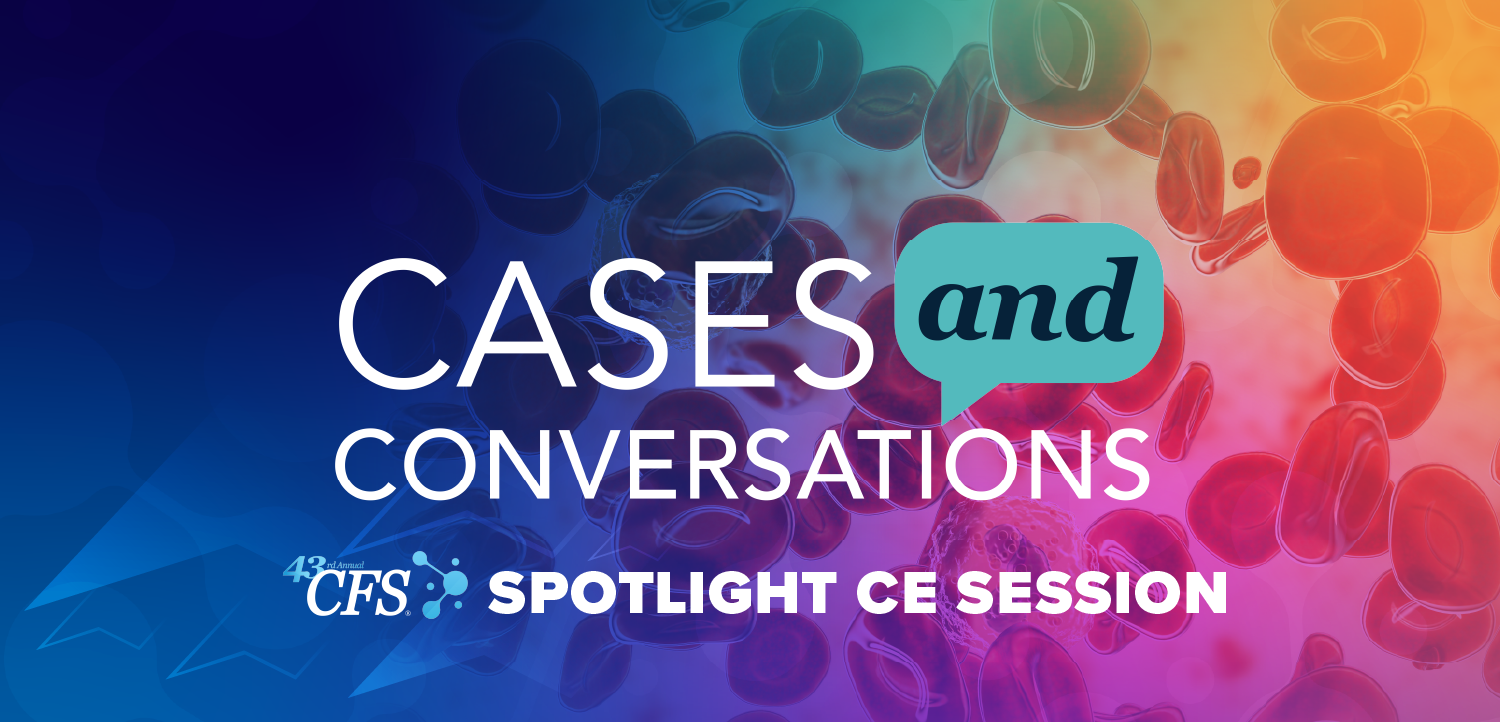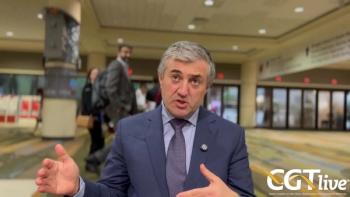
Neurophth is Tackling LHON-ND4 With Gene Therapy NR082 in Phase 1/2/3 GOLD Trial
For Healthy Vision Month, observed annually in May by the patient and clinician communities, CGTLive® has decided to take a closer look at this ongoing clinical trial.
Neurophth is currently evaluating NR082 (also known as Opvika and esonadogene mvoparvovec), an investigational gene therapy intended for the treatment of Leber hereditary optic neuropathy (LHON) associated with mtND4 mutations, in the phase 1/2/3 GOLD clinical trial (NCT04912843).1 For Healthy Vision Month, observed annually in May by the patient and clinician communities, CGTLive® has decided to take a closer look at this ongoing clinical trial.
GOLD, which was launched on June 18, 2021, consists of multiple parts. The first part of the study, Part 1, took the form of a dose-finding study, and constituted the phase 1/2 portion of the study. The dose selected based on the results of Part 1 was 4.5x109 vg, 0.05 mL eye/dose, which was the high dose in Part 1. Part 2 of GOLD, which constitutes the phase 3 portion of the study, consists of a safety run-in (Stage 1) and a randomized, double-blind, and sham-injection control study(Stage 2) using the dose selected in Part 1.
According to its clinicaltrials.gov page, which was most recently updated on November 14, 2022, GOLD had an estimated primary completion date of February 29, 2024 and has an estimated completion date of February 29, 2028. It is taking place at a single location, Beijing Tongren Hospital, in Beijing, China, and the study chair is Bin Li, MD, of the founder and chairman of Neurophth. The trial is expected to enroll approximately 102 patients in total. Notably, the dosing of the first patient in the phase 3 portion of GOLD
“There is currently no approved effective treatment for LHON,” Xiaoning Guo, the chief medical officer of Neurophth, said in a September 2022 statement.1 “NR082 leverages gene therapy strategy and uses recombinant AAV as the vector to deliver the correct genes to the patients' damaged optic ganglion cells, thus restoring the vitality and visual function of optic ganglion cells. The phase 3 clinical trial is a breakthrough in the ophthalmic gene therapy industry. Neurophth will advance the Phase 3 clinical trial in hope that safe and effective therapy can soon liberate patients from the darkness.”
The primary end point for Part 1 of GOLD was the incidence rates of adverse events (AEs), serious AEs (SAEs), and dose-limiting toxicities in the 12 weeks following injection of the gene therapy at the various dose levels evaluated. The primary end points for Stage 1 of Part 2 is the incidence rates of AEs and SAEs in patients aged 12 to 75 years in the 6 weeks following treatment. The primary end point for Stage 2 of Part 2 is efficacy in the study eye as measured by the proportion of study eyes with a 0.3 LogMAR or greater increase from baseline in best-corrected visual acuity (BCVA) at 52 weeks posttreatment. GOLD’s secondary end points include the improvement and mean change from baseline in BCVA and the changes from baseline in visual field, contrast sensitivity, and visual evoked potential; the descriptions of the safety evaluations at various time points posttreatment; immunogenicity, vector shedding, and biodistribution as assessed by cell immunity, humoral immunity, vector DNA shedding in tears from both eyes, and biodistribution in whole blood; the change in quality of life from baseline as assessed by Visual Function Questionnaire 25 and Short Form Survey 36; changes from baseline in the study eye in retinal nerve fiber layer, ganglion cell layer, and inner plexiform layer thickness; and the incidence rates of AEs and SAEs between the patients who receive NR082 and the patients who receive the sham-injection.
Part 1 of GOLD was open to patients aged 18 to 75 years, whereas for Part 2, patients aged 12 to 75 years are eligible. In order to be included in GOLD, patients must have vision loss as a clinical manifestation of LHON, with a BCVA of 0.5 LogMAR or greater in either eye. Furthermore, patients must have a G11778A mutation in ND4 gene and no other primary LHON-associated mutations in their mitochondrial DNA; a duration of vision loss in the eye with worse visual acuity lasting more than 6 months and less than 10 years at the time of screening; and pupils that can be dilated sufficiently for a comprehensive eye examination and visual acuity test. Patients must maintain a visual acuity determined by a manual visual acuity test of no more than 2.3 LogMAR as defined by the study’s ocular/vision examination manual. Additional inclusion criteria exist related to factors such as informed consent and contraception use.
Patients who have any known allergy or hypersensitivity to the study treatment or its constituents will be excluded from participation, as will patients who have a contraindication to intravitreal (IVT) injection in any eye. Patients will also be excluded if they have received IVT drug delivery in either eye within 30 days prior to the screening visit or have a history of vitrectomy in either eye. Narrow anterior chamber angles in any eye that prevent pupillary dilation are also grounds for exclusion. Patients with diseases or disorders of the eye or adnexa other than LHON that may interfere with visual or ocular assessments, including spectral-domain optical coherence tomography are not eligible. The presence of known mutations unrelated to LHON that are associated with optic nerve, retinal, or afferent visual system pathology will result in exclusion, as will any systemic or ocular condition other than LHON known to cause or be associated with vision loss, or whose treatment is known to have such effects. Patients with optic neuropathy from any cause other than LHON are also excluded. Furthermore, anyone with illnesses or treatments that, in the investigator’s opinion, could affect visual function will not be eligible. A history of recurrent uveitis (idiopathic or immune-related) or active ocular inflammation is also grounds for exclusion, as is participation in another clinical study involving investigational product within 90 days prior to the screening visit, except for patients who completed the idebenone clinical trial and discontinued the drug at least 7 days before dosing. Patients who have previously received ocular gene therapy in any eye or who choose not to discontinue idebenone will be excluded, as will those who have undergone clinically relevant ocular surgery (per investigator assessment) within 90 days prior to screening. Women who are breastfeeding or planning to breastfeed within 6 months after receiving NR082 Injection are not eligible. Patients with a history of drug or alcohol abuse are excluded. Positive test results for HIV, syphilis, or HCV antibodies will disqualify participation, as will clinically significant active hepatitis B infection that requires treatment. Patients who are unwilling or unable to comply with all protocol requirements, or who do not follow local or institutional COVID-19 guidelines for infection or testing, will also be excluded. Finally, any other condition that the investigator determines could impact patient safety or study integrity may serve as grounds for exclusion.
NR082 contains a mitochondria codon-optimized NADH-dehydrogenase subunit 4 gene delivered by a recombinant adeno-associated viral vector, serotype 2 (rAAV2-ND4). It received orphan drug designation from the FDA in September 2020, and from the European Medicines Agency in January 2022.1,2
Notably, NR082 is also being evaluated in a single-arm, multi-center phase 1/2 clinical trial (NCT05293626) in the United States.3 Patient enrollment in this trial was completed in February 2024, following clearance of the investigational new drug application for the trial by the FDA in January 2022.
"We are extremely grateful for the trust and support of patients and their families, as well as the dedication of all researchers,” Li said in a February 2024 statement regarding the US trial.3 “They have played a crucial role in the successful completion of patient enrollment for the phase 1/2 clinical trial. Neurophth has taken a solid step forward in going global. As our motto is ‘In China, for global’, we will strive to bring China's medical development and more innovative gene therapies to patients worldwide."
REFERENCES
1. Neurophth announces first patient dosed in Phase III clinical trial for the gene therapy treatment of LHON. News release. Neurophth Therapeutics, Inc. September 27, 2022. Accessed May 5, 2025. https://www.neurophth.com/en/NewsD-358.html
2. Neurophth Therapeutics' treatment of Leber's hereditary optic neuropathy gene therapy NR082 was granted orphan drug designation by EMA. News release. Neurophth Therapeutics, Inc. January 24, 2022. https://www.neurophth.com/en/NewsD-274.html
3. Neurophth Announces Completion of Patient Enrollment for Opvika® Phase I/II Clinical Trial in the U.S. Press release; February 19, 2024. Accessed February 20, 2024. https://www.prnewswire.com/news-releases/neurophth-announces-completion-of-patient-enrollment-for-opvika-phase-iii-clinical-trial-in-the-us-302064859.html
Newsletter
Stay at the forefront of cutting-edge science with CGT—your direct line to expert insights, breakthrough data, and real-time coverage of the latest advancements in cell and gene therapy.

